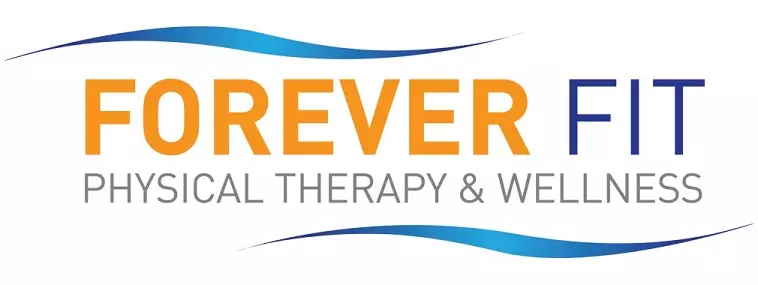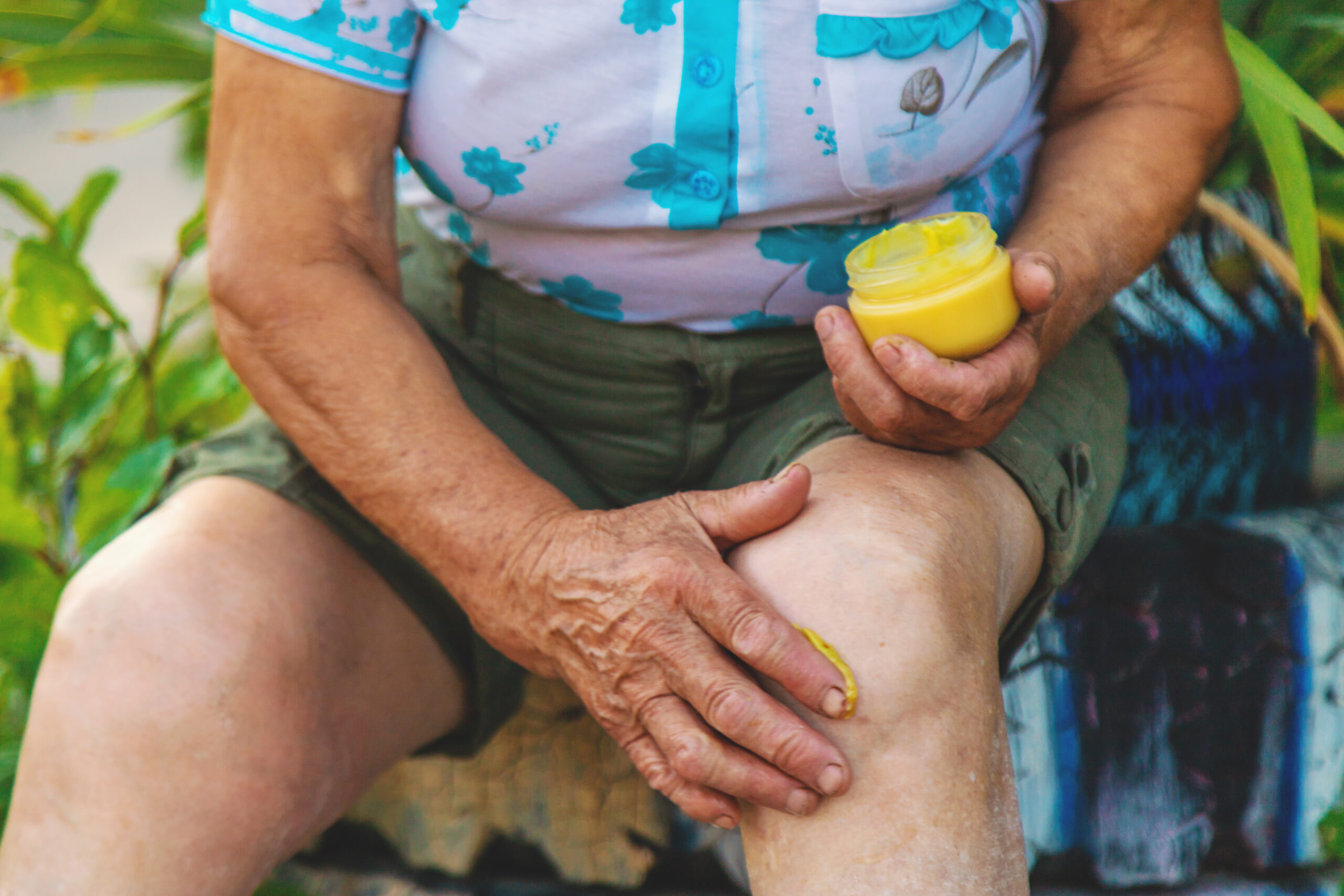You likely move your legs much more on a daily basis than you realize, from walking around your house to sitting down at your desk to work. You probably don’t even realize how much you bend and straighten your leg every day until it causes you pain.
If you’re experiencing pain in the back of your knee when straightening your leg, it can make it uncomfortable to do simple actions like standing up from a chair and lying down in bed. By learning about possible explanations for the knee pain, you can determine when it’s time to seek further treatment.
5 possible causes for pain in the back of your knee when you straighten your leg
While any recurring, persistent or worsening pain in your lower extremity shouldn’t be brushed off, this article will focus specifically on pain that flares up in the back of your knee when you extend your leg. Pain in the back of the knee is known as posterior knee pain and occurs in an area called the popliteal fossa.
If you’re feeling pain in the back of your knee when you straighten your leg, here are five possible reasons:
- Baker’s cyst — A cyst can form anywhere on the body, including in the shallow pit of your popliteal fossa. A Baker’s cyst can develop in the back of the knee when the tissue behind the knee joint becomes inflamed and swollen. It’s filled with fluid and often develops after a knee injury or from arthritis. Along with causing pain when you extend your leg, a Baker’s cyst can also cause calf pain, a knee locking sensation and reduced range of motion.
- Arthritis — Osteoarthritis (OA) is the most common type of arthritis that can develop in the knee. OA can cause the cartilage of the knee joints to gradually break down over time, leading to the bones rubbing together and causing pain during movements, such as extending the leg. Arthritis can also cause joint stiffness and instability. It may be a contributing factor to the development of a Baker’s cyst.
- Ligament injury — There are several ligaments in the knee; the anterior cruciate ligament (ACL) is the most commonly injured. The ACL connects the thighbone to the shinbone and keeps the knee joint stable by preventing the shinbone from moving too far forward. An ACL can be sprained or torn by quickly pivoting or changing direction, such as during playing basketball or football, or experiencing knee trauma, such as falling. This can cause pain when you bend or extend your leg. Other symptoms include instability and swelling.
- Calf strain — Your calf is located in the back of your lower leg, just underneath your knee. It’s made up of several muscles that can become strained if they are overstretched beyond their normal limits, such as quickly pivoting while running or jumping down from a high place. The pain from a calf strain can flare up in the back of your knee when it’s extended, though it’s often felt immediately after the trauma. Calf strains can also cause stiffness, weakness and bruising.
- Torn meniscus — There’s a piece of cartilage on the inside and outside of each of your knees, called a meniscus. It works as a shock absorber between your shinbone and thighbone. You can tear the cartilage by quickly twisting with your foot planted, like pivoting while playing sports. A meniscus tear can cause several symptoms, including pain when trying to extend your leg, feeling like your knee is locking up, or swelling after completing a physical activity.
Talk to your Forever Fit physical therapist about your symptoms. They can complete a physical evaluation to determine the likely cause behind the pain.
Forever Fit can help if you’re experiencing pain behind your knee when you extend your leg
It’s impossible to go throughout your day without extending your leg, which is why pain behind the knee when you try to do such simple movements can be frustrating. At Forever Fit, we want to help you along the recovery journey so that you can get back to your everyday routines.
A variety of PT treatments may be included in your personalized treatment plan. We’ll do a full assessment of the area and your symptoms, as well as evaluate how your knee’s strength, range of motion, flexibility and coordination have been affected. A few potential options include targeted exercises and joint mobilization. We also offer dry needling at our Rockville, Silver Spring and Largo, Maryland, locations.

